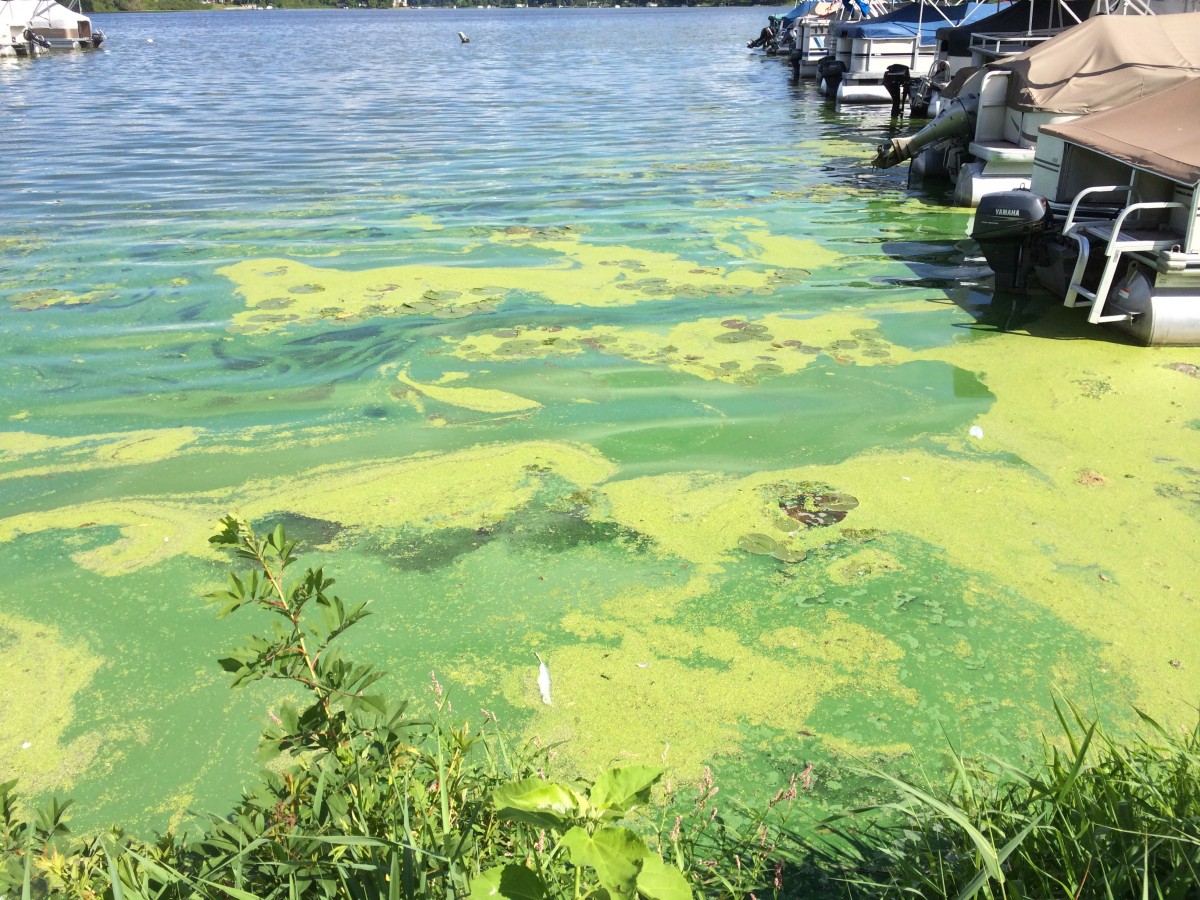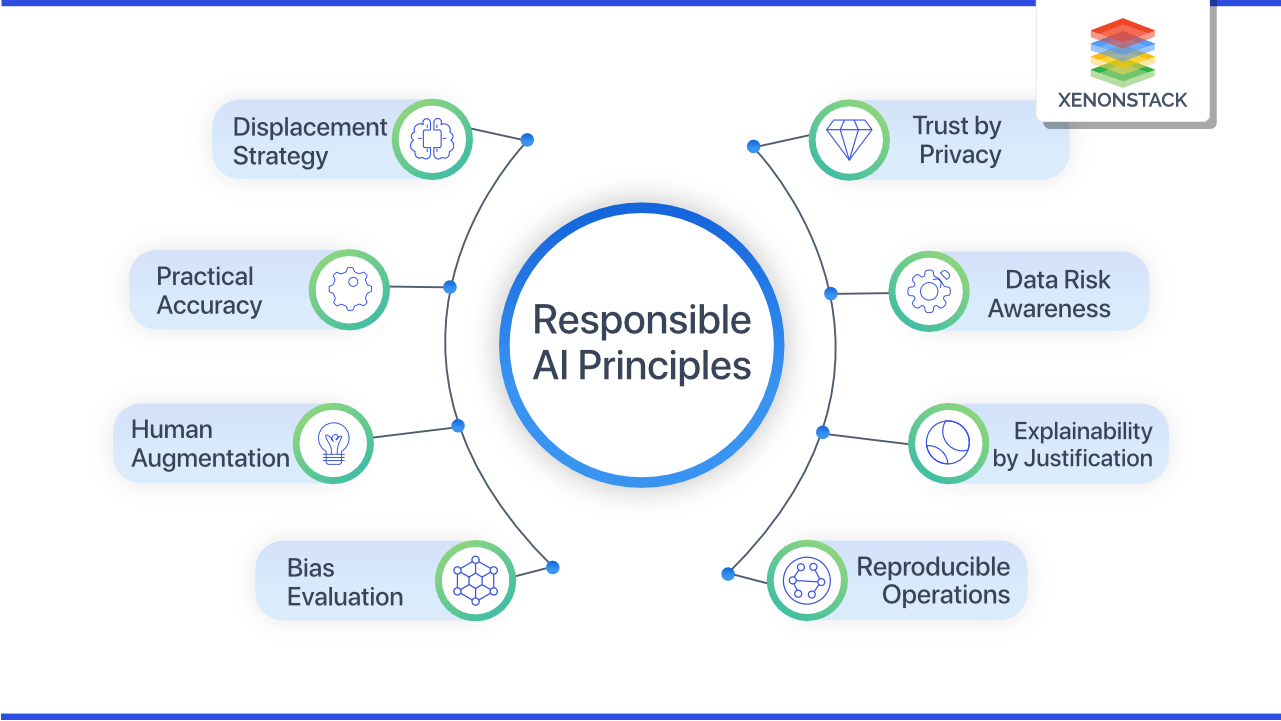Harmful Algal Bloom Alert: Kodiak's Shellfish Industry Faces Double Threat

Table of Contents
The Direct Impact of HABs on Kodiak's Shellfish
Harmful algal blooms contaminate shellfish with potent toxins, leading to significant consequences. The primary concern in Kodiak, like many coastal regions, is the accumulation of biotoxins such as Paralytic Shellfish Poisoning (PSP) and domoic acid. These toxins accumulate in shellfish like clams, mussels, and oysters, rendering them unsafe for human consumption.
-
Shellfish Poisoning: Consumption of shellfish contaminated with PSP or domoic acid can lead to severe illness, even death. Symptoms range from tingling and numbness to respiratory paralysis, depending on the toxin and the level of contamination. This poses a direct threat to public health, necessitating stringent monitoring and timely closures of shellfish harvesting areas.
-
Biotoxin Accumulation: The process of biotoxin accumulation in shellfish is complex and influenced by factors like the density and duration of the HAB, the species of shellfish, and water temperature. This makes predicting and managing the risk challenging. Water quality monitoring is crucial but can be difficult to maintain effectively across Kodiak's extensive and often remote harvesting areas.
-
Shellfish Harvesting Closures: When HABs are detected, shellfish harvesting areas are often closed to protect public health. These closures can last for weeks or even months, resulting in immediate and significant economic losses for shellfish harvesters who rely on this income. The uncertainty caused by unpredictable HAB occurrences further exacerbates this vulnerability.
The Economic Ripple Effect on Kodiak's Economy
The impact of HABs on Kodiak extends far beyond the immediate effects on shellfish harvesters. The economic consequences ripple through the entire community, affecting multiple sectors.
-
Job Losses: Shellfish harvesting is a major employer in Kodiak, providing livelihoods for many families. Closures due to HABs directly lead to job losses, affecting not only harvesters but also processors, transporters, and retailers involved in the shellfish supply chain.
-
Seafood Industry Disruption: Kodiak's economy relies heavily on its thriving seafood industry, of which shellfish is a vital component. HAB-related closures disrupt the supply chain, impacting seafood exports and reducing overall economic output.
-
Tourism Impact: Kodiak's tourism sector is also affected. The news of HABs and shellfish harvesting closures can deter tourists, impacting businesses that rely on tourism revenue, such as restaurants, hotels, and tour operators. The long-term economic consequences of repeated HAB events could be substantial, potentially leading to a decline in both the seafood and tourism industries. This necessitates proactive governmental support and the implementation of robust economic diversification strategies.
Addressing the Double Threat: Mitigation and Management Strategies
Combating the double threat posed by HABs requires a multi-pronged approach encompassing improved monitoring, research, and public awareness.
-
Enhanced Water Quality Monitoring: Investing in advanced water quality monitoring technologies and expanding monitoring networks is critical. Early warning systems, capable of detecting HABs in their early stages, are essential for preventing widespread contamination and minimizing economic disruption.
-
Research and Development: Increased funding for research into HAB dynamics, toxin production, and effective mitigation strategies is paramount. This includes studying the environmental factors contributing to HAB growth and developing innovative methods for controlling or preventing blooms.
-
Regulatory Frameworks: Strengthening regulatory frameworks to manage shellfish harvesting and ensure consistent water quality standards is crucial. This includes stricter controls on pollution sources that may exacerbate HAB growth, such as nutrient runoff from agriculture and wastewater.
-
Public Awareness Campaigns: Educating the public about the risks associated with HABs and the importance of consuming only shellfish from approved sources is crucial. Clear communication from government agencies and industry stakeholders can significantly reduce the risk of shellfish poisoning.
-
Sustainable Shellfish Farming: Exploring and implementing sustainable shellfish farming practices can help mitigate the risks associated with HABs. This may include the development of HAB-resistant shellfish varieties or the use of innovative aquaculture techniques that minimize exposure to harmful algae.
Conclusion
Harmful algal blooms present a severe double threat to Kodiak's shellfish industry, impacting both public health and the local economy. The economic and public health repercussions of HABs are significant and far-reaching, requiring immediate and concerted action. Increased funding for research, improved monitoring systems, and enhanced public awareness campaigns are critical for combating this growing threat. We must actively support initiatives that protect this vital resource, ensuring the long-term health and economic viability of Kodiak's shellfish industry and fostering resilience against future HAB events. Let's work together to address the issue of harmful algal blooms in Kodiak and beyond.

Featured Posts
-
 Intet Er Besluttet Endnu Strategier Til At Handtere Uafklarede Situationer
May 30, 2025
Intet Er Besluttet Endnu Strategier Til At Handtere Uafklarede Situationer
May 30, 2025 -
 Nissan Primera Electric Sedan Comeback Rumors Explored
May 30, 2025
Nissan Primera Electric Sedan Comeback Rumors Explored
May 30, 2025 -
 New Twins Old Dispute The Elon Musk Amber Heard Fatherhood Question
May 30, 2025
New Twins Old Dispute The Elon Musk Amber Heard Fatherhood Question
May 30, 2025 -
 Depistage Drogues Chauffeurs De Cars Scolaires Le Gouvernement Passe A La Vitesse Superieure
May 30, 2025
Depistage Drogues Chauffeurs De Cars Scolaires Le Gouvernement Passe A La Vitesse Superieure
May 30, 2025 -
 Nereden Izleyebilirim Augsburg Bayern Muenih Maci Canli Yayin Bilgileri
May 30, 2025
Nereden Izleyebilirim Augsburg Bayern Muenih Maci Canli Yayin Bilgileri
May 30, 2025
Latest Posts
-
 Best Spring Hotel Deals Up To 30 Discount
May 31, 2025
Best Spring Hotel Deals Up To 30 Discount
May 31, 2025 -
 Responsible Ai Acknowledging The Limits Of Current Ai Learning Capabilities
May 31, 2025
Responsible Ai Acknowledging The Limits Of Current Ai Learning Capabilities
May 31, 2025 -
 Ai And The Illusion Of Learning A Call For Responsible Ai Use
May 31, 2025
Ai And The Illusion Of Learning A Call For Responsible Ai Use
May 31, 2025 -
 The Reality Of Ai Learning Addressing Misconceptions And Promoting Responsible Use
May 31, 2025
The Reality Of Ai Learning Addressing Misconceptions And Promoting Responsible Use
May 31, 2025 -
 The Reality Of Ai Learning Promoting Responsible Ai Practices
May 31, 2025
The Reality Of Ai Learning Promoting Responsible Ai Practices
May 31, 2025
